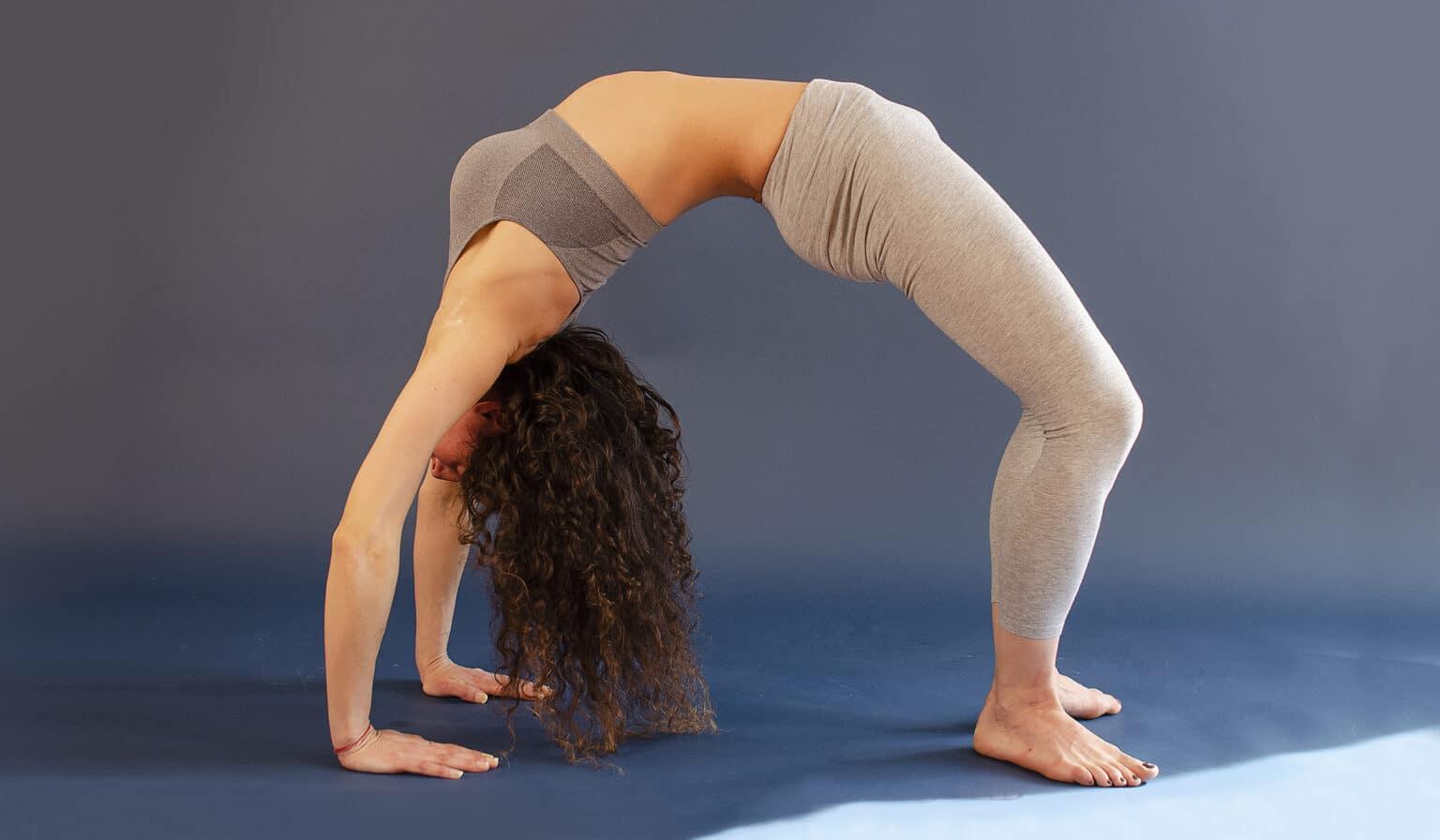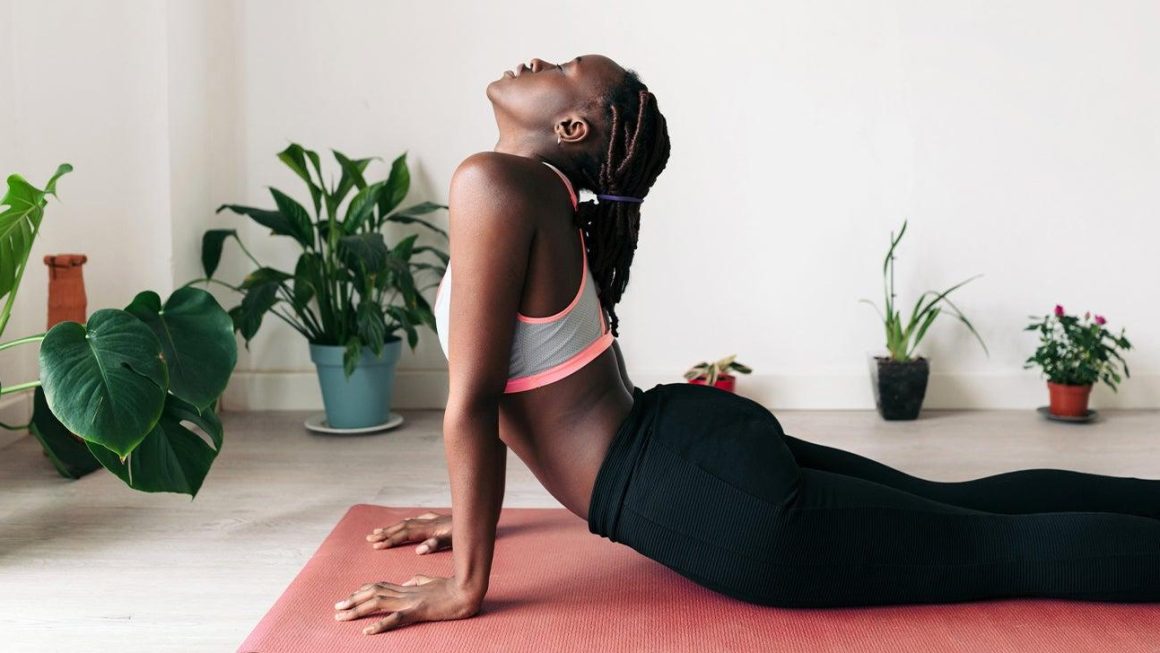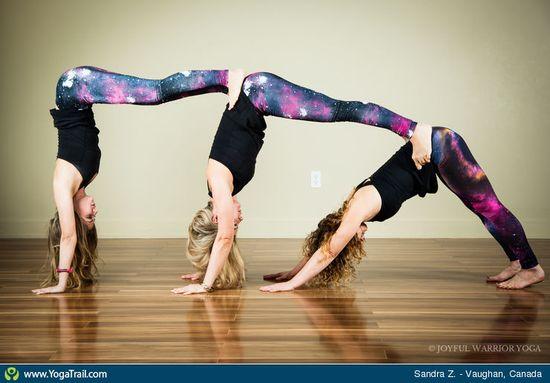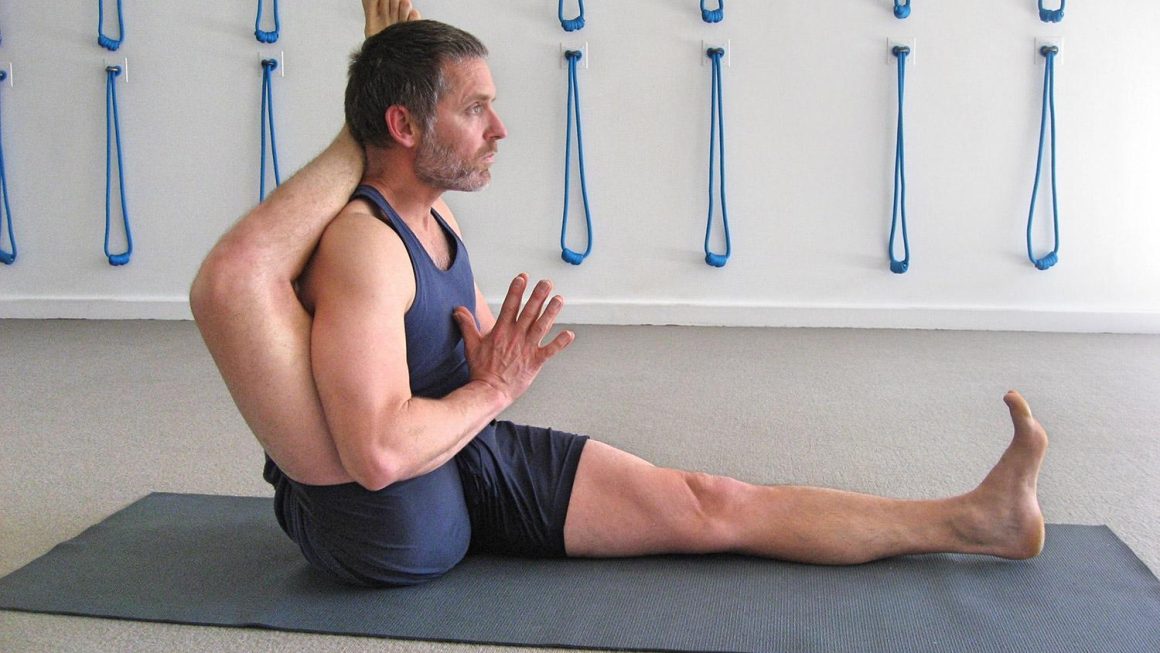Finding Relief: Exploring Yoga Positions for Lower Back Pain
In a world where the hustle and bustle of daily life often takes precedence, our bodies can bear the brunt of stress, leading to discomfort and pain—especially in the lower back. For many, this discomfort becomes a constant companion, hindering mobility and reducing the joy of everyday activities. While the solutions can be as varied as the individuals experiencing pain, one ancient practice has stood the test of time as a beacon of hope: yoga. By harnessing the connection between mind and body through gentle movement and breath, yoga offers a path to relief that is both holistic and restorative. In this article, we invite you to explore a selection of carefully curated yoga positions designed specifically to alleviate lower back pain. Whether you are a seasoned practitioner or a curious newcomer, these poses can help you cultivate strength, flexibility, and serenity in your body, paving the way for a healthier, more balanced life.
Understanding the Connection Between Yoga and Lower Back Relief
Yoga offers a holistic approach to alleviating lower back pain by emphasizing flexibility, strength, and awareness of body alignment. Many practitioners find that the intentional movements in yoga not only promote physical healing but also restore a sense of mental balance. By focusing on the breath and mindfulness, yoga helps individuals reconnect with their bodies, allowing them to better understand movements that may exacerbate pain. Some common yoga postures beneficial for the lower back include:
- Child’s Pose: Gently stretches the spine and relieves tension.
- Cat-Cow Stretch: Increases flexibility in the spine and helps improve circulation.
- Sphinx Pose: Opens up the chest and strengthens the lower back.
- Seated Forward Bend: Stretches the hamstrings and calms the nervous system.
To maximize the benefits, it is essential to practice these poses mindfully, paying attention to individual limits and needs. Yoga encourages a balanced approach that can help manage chronic pain effectively while cultivating strength and resilience. Consider integrating these postures into your routine, as they not only target lower back discomfort but also enhance overall physical health. Below is a simple overview of how each position contributes to back relief:
| Yoga Pose | Benefit |
|---|---|
| Child’s Pose | Releases tension in the spine |
| Cat-Cow Stretch | Improves spinal flexibility |
| Sphinx Pose | Strengthens the lower back |
| Seated Forward Bend | Stretches hamstrings, calms mind |
Essential Yoga Poses to Alleviate Lower Back Discomfort
Lower back discomfort is a common issue that many encounter, but integrating certain yoga poses into your routine can provide significant relief. These poses not only stretch and strengthen the back muscles but also enhance flexibility and promote relaxation. Here are a few essential poses to consider:
- Child’s Pose: This gentle stretch allows the spine to elongate, offering a soothing release to tight muscles.
- Cobra Pose: Engages the lower back while promoting strength and flexibility in the spine.
- Downward-Facing Dog: An excellent full-body stretch that helps to decompress the spine and alleviate tension.
- Cat-Cow Stretch: This dynamic transition improves spine flexibility and encourages rhythmic movement, easing discomfort.
Incorporating these poses into your practice can help establish a supportive environment for your back. Consistency is key, so consider creating a simple routine. Below is a sample table to guide your practice:
| Pose | Duration | Benefits |
|---|---|---|
| Child’s Pose | 1-2 minutes | Stretches spine and relieves tension |
| Cobra Pose | 30 seconds | Strengthens lower back |
| Downward-Facing Dog | 1 minute | Decompresses spine |
| Cat-Cow Stretch | 1-2 minutes | Improves flexibility and reduces stiffness |
Creating a Safe Practice: Tips for Beginners with Back Pain
When starting a yoga practice aimed at alleviating lower back pain, safety should always be your top priority. It’s essential to listen to your body and avoid pushing yourself into any position that feels uncomfortable. Start with gentle movements that allow you to assess how your back responds. As a beginner, consider focusing on foundational poses that promote strength and flexibility without straining your lower back. Keeping a few essential precautions in mind can help ensure a beneficial experience:
- Warm up properly: Spend a few minutes doing light stretches to prepare your body.
- Use props: Incorporate blocks, straps, or cushions to support your body in different positions.
- Modify as needed: Tailor poses to your comfort level, taking breaks when necessary.
- Consult a professional: If unsure about a pose or your limitations, consider seeking guidance from a certified yoga instructor.
As you explore various yoga positions, adopting a gradual approach can greatly enhance your ability to practice safely. Engagement of core muscles and proper alignment will help protect your lower back while enhancing the effectiveness of your practice. Below is a table summarizing some beginner-friendly poses you might include in your routine:
| Yoga Pose | Benefits |
|---|---|
| Cat-Cow Stretch | Increases spinal flexibility and relieves tension. |
| Child’s Pose | Stretches the spine and promotes relaxation. |
| Pelvic Tilts | Strengthens abdominal muscles and supports lower back. |
| Supported Bridge Pose | Strengthens glutes while providing lower back support. |
Integrating Mindfulness: The Role of Breath in Yoga for Back Health
Incorporating breathwork into your yoga practice can transform your approach to lower back health. Each inhalation and exhalation serves as a means to connect both the body and mind, fostering a sense of awareness that can alleviate tension in the back. When practicing yoga, being mindful of your breath not only enhances your physical postures but also encourages relaxation and release of stress stored in the muscles. Here are some key points to remember:
- Deep Breathing: Engage in diaphragmatic breathing to increase oxygen flow and promote relaxation.
- Syncing Breath and Movement: Coordinate your breath with your movements to maintain focus and stability.
- Mindfulness: Use the breath as an anchor to stay present, which can reduce anxiety and discomfort.
To effectively integrate breathwork in yoga for back health, consider adopting these simple yet impactful breathing techniques during your practice. For instance, Ujjayi breath, characterized by a subtle constriction of the throat, creates an audible sound and can deepen your experience. Practicing this while you hold poses encourages a rhythm that enhances endurance and concentration. Below is a table summarizing essential breathwork techniques that can be beneficial for your lower back:
| Technique | Description |
|---|---|
| Diaphragmatic Breathing | Inhale deeply through the nose, expanding the belly. |
| Box Breathing | Inhale for 4 counts, hold for 4, exhale for 4, hold for 4. |
| Ujjayi Breath | Inhale slowly while constricting the throat, creating sound. |
Q&A
Q&A: Yoga Positions for Lower Back Pain Relief
Q1: What are some effective yoga positions for alleviating lower back pain?
A1: Several yoga poses can provide relief for lower back pain. Some of the most effective include Child’s Pose, Cat-Cow Stretch, Downward Facing Dog, and Pigeon Pose. Each of these positions helps to stretch and strengthen the muscles surrounding the lower back, promoting flexibility and reducing tension.
Q2: How does yoga help with lower back pain?
A2: Yoga works on two levels: it enhances physical flexibility and strengthens key muscle groups while also promoting relaxation and mindfulness. The controlled movements and stretches in yoga can release tight muscles, improve blood flow, and increase overall mobility—all of which can contribute to easing lower back discomfort.
Q3: Can beginners practice these poses safely?
A3: Absolutely! Beginners can safely practice these poses by focusing on gentle movements and listening to their bodies. It’s important to start slow, using props such as blocks or straps if needed, and gradually work towards deeper stretches as one’s flexibility improves. Consulting a yoga instructor can provide guidance tailored to individual needs.
Q4: How long should I hold each pose?
A4: Generally, holding each pose for 20 to 30 seconds is a good starting point. However, you can hold the poses longer if it feels comfortable, breathing deeply and allowing your body to settle into the stretch. It’s important to listen to your body—if a pose feels too intense, ease out of it.
Q5: Are there any precautions I should take?
A5: Yes! It’s vital to approach yoga mindfully, especially if you are experiencing pain. Avoid any positions that exacerbate your discomfort. If you have chronic lower back pain or any health concerns, consulting a healthcare professional before starting a yoga practice is recommended. Additionally, modify poses as needed to ensure you’re practicing safely.
Q6: How often should I practice yoga for lower back pain relief?
A6: Consistency is key when it comes to yoga and pain relief! Practicing a few times a week can lead to noticeable improvements in flexibility and strength. Even incorporating short daily sessions—just 10 to 15 minutes—can be beneficial in managing lower back pain.
Q7: Can I combine yoga with other treatments for lower back pain?
A7: Yes, yoga can be a wonderful complement to other treatments such as physical therapy, massage, or chiropractic care. It can enhance your overall recovery process by improving muscle function and supporting relaxation. Just be sure to keep communication open with your healthcare providers about your yoga practice.
Q8: Are there any resources for learning these yoga positions?
A8: There are numerous resources available! Online platforms offer instructional videos, mobile apps provide guided practices, and numerous books detail yoga for pain relief. Consider joining a local class or workshop to receive hands-on guidance. Just ensure the instructor is knowledgeable about issues related to lower back pain.
Q9: What should I do if I experience pain while doing yoga?
A9: If you feel pain while practicing yoga, it’s essential to listen to your body. Gently ease out of the pose and evaluate what caused the discomfort. If the pain persists, consult a healthcare professional for advice. Remember, yoga should not hurt; it should feel like a gentle stretch.
By incorporating these yoga positions mindfully, you may find a pathway to relief from lower back pain, allowing for a greater sense of physical well-being and tranquility. Happy practicing!
The Way Forward
As we conclude our exploration of yoga positions tailored for alleviating lower back pain, it’s essential to remember that the journey towards relief is both personal and continuous. The gentle embrace of these poses can provide not just physical comfort, but also a sanctuary for your mind, inviting relaxation amidst the chaos of daily life.
Whether you’re a seasoned yogi or a curious newcomer, integrating these positions into your routine can foster greater awareness of your body’s needs and capabilities. Always listen to your body, honor its limitations, and seek professional guidance when necessary.
May your yoga mat become a safe haven where each stretch leads you a step closer to well-being, and may every breath you take cultivate a sense of peace and strength. Here’s to finding balance, both on and off the mat—your path to comfort and recovery awaits.




